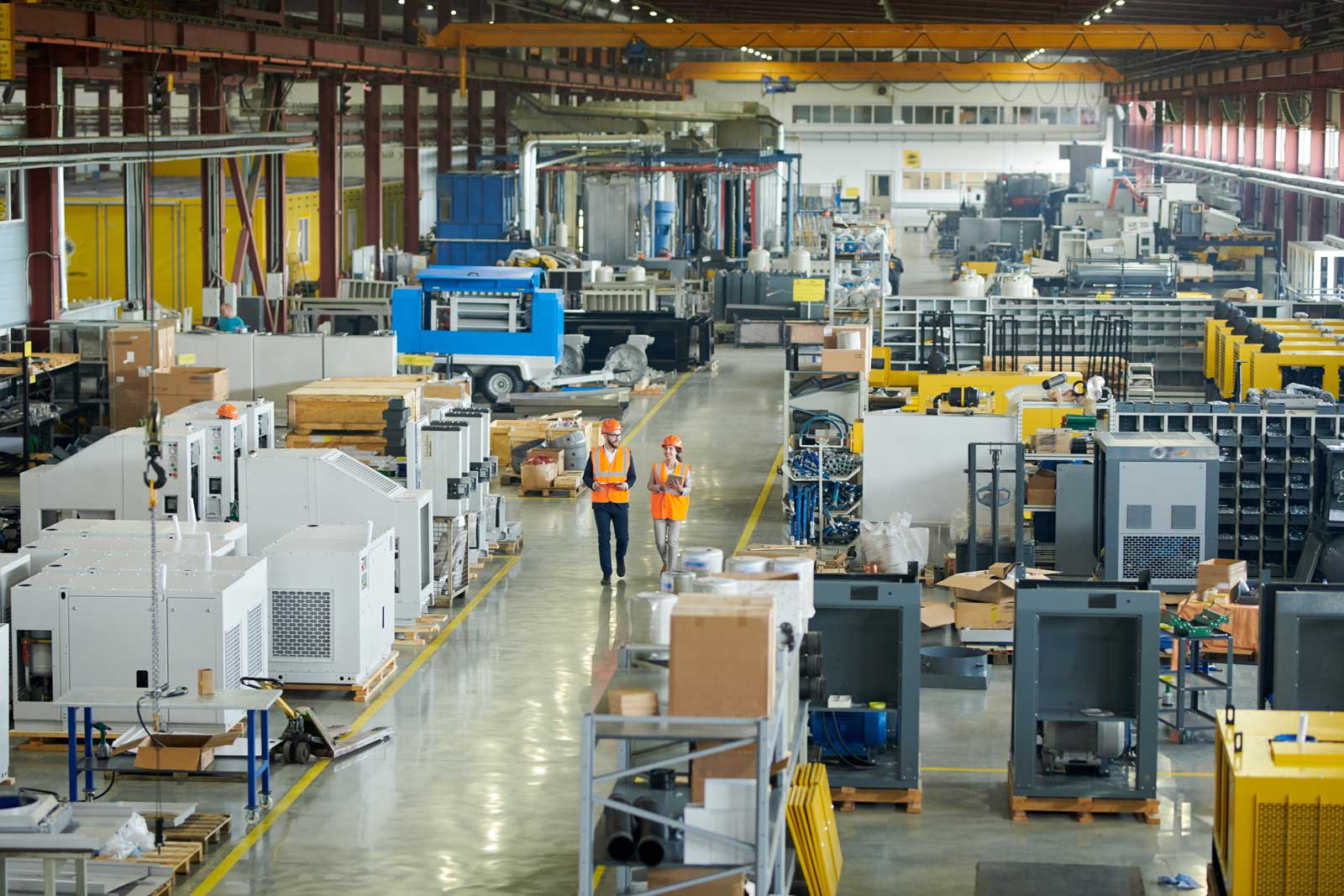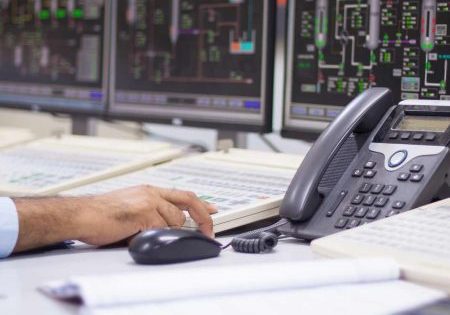Accessibility and inclusivity with elevator microfactories
by Stamatiou Themis
In an era where innovation knows no bounds, the democratization of manufacturing stands at the forefront of transformative change. Elevator microfactories, with their compact yet powerful design, are spearheading this revolution by democratizing access to manufacturing capabilities and fostering inclusivity in the production landscape.
Gone are the days when manufacturing was confined to sprawling factories owned by industrial giants. Elevator microfactories are breaking down barriers and opening doors for individuals, startups and small businesses to participate in the manufacturing process like never before. These innovative facilities offer a pathway for anyone with a vision and determination to turn their ideas into tangible products, regardless of their size or resources.
Accessibility lies at the heart of the democratization facilitated by elevator microfactories. Unlike traditional manufacturing facilities, which often require substantial capital investment and infrastructure, elevator microfactories offer a cost-effective and scalable solution. With their modular design and minimal space requirements, these microfactories can be deployed in a wide range of settings, from urban centers to rural communities, making manufacturing accessible to a broader demographic.
Moreover, elevator microfactories empower entrepreneurs and innovators to bring their products to market with unprecedented speed and efficiency. By leveraging advanced technologies such as additive manufacturing and robotics, these facilities enable rapid prototyping, iteration and customization, reducing time-to-market and enhancing competitiveness. Whether it’s a tech startup developing the latest gadget or a local artisan crafting bespoke goods, elevator microfactories provide the infrastructure and support needed to transform ideas into reality.
Inclusivity is another hallmark of the democratization of manufacturing facilitated by elevator microfactories. By lowering the barriers to entry and offering flexible production capabilities, these facilities create opportunities for individuals from diverse backgrounds and industries to participate in the manufacturing ecosystem. Whether it’s a woman-owned startup, a minority entrepreneur or a social enterprise, elevator microfactories level the playing field, allowing underrepresented groups to thrive in the world of manufacturing.
Furthermore, elevator microfactories promote community engagement and economic empowerment by decentralizing production and supporting local economies. By establishing microfactories in proximity to consumer markets, businesses can reduce transportation costs, minimize environmental impact and create jobs within their communities. This localized approach not only strengthens regional economies, but also fosters a sense of connection and ownership among stakeholders.
However, the democratization of manufacturing with elevator microfactories is not without its challenges. Ensuring equitable access to technology, addressing skill gaps and navigating regulatory frameworks are essential considerations to ensure that the benefits of microfactory adoption are accessible to all. Moreover, fostering collaboration and knowledge-sharing within the manufacturing community can help amplify the impact of elevator microfactories and drive collective innovation.
The Benefits of Elevator Microfactories. A Game-Changer in Unit Economics
Optimized Resource Utilization: Elevator microfactories excel in maximizing resource utilization, a fundamental aspect of unit economics. By leveraging vertical space and employing efficient production processes, these facilities minimize waste and optimize the use of materials, energy and labor. This optimization translates into lower production costs per unit, enhancing the overall profitability of manufacturing operations.
Scale Efficiency: Despite their small footprint, elevator microfactories achieve significant scale efficiency. Through advanced automation, streamlined workflows and modular production setups, these facilities can achieve economies of scale comparable to traditional manufacturing plants. This means that even small-scale production runs can be economically viable, allowing businesses to respond to niche markets and changing consumer preferences with agility.
Reduced Overhead Costs: One of the key advantages of elevator microfactories is their ability to minimize overhead costs. Traditional manufacturing facilities often entail significant expenses related to land acquisition, construction, maintenance and utilities. In contrast, elevator microfactories require less infrastructure and space, resulting in lower fixed costs. This reduction in overhead costs contributes to improved unit economics and enhances the competitiveness of products manufactured in these facilities.
Just-in-Time Production: Elevator microfactories enable just-in-time production, a strategy that aligns manufacturing output with actual demand. By producing goods only when needed, businesses can avoid excess inventory holding costs and reduce the risk of obsolescence. This lean approach to production enhances cash flow and working capital management, optimizing unit economics and financial performance.
Unlike traditional manufacturing facilities, which often require substantial capital investment and infrastructure, elevator microfactories offer a cost-effective and scalable solution.
Customization and Personalization: With the flexibility afforded by elevator microfactories, businesses can embrace customization and personalization to meet the diverse needs of consumers. By tailoring products to individual preferences, companies can command premium prices and capture higher profit margins. This ability to offer bespoke solutions enhances the value proposition of products manufactured in elevator microfactories, driving revenue growth and profitability.
Market Accessibility: Elevator microfactories democratize access to manufacturing capabilities, particularly for small and medium-sized enterprises (SMEs) and startups. By lowering the barriers to entry and offering scalable production solutions, these facilities empower entrepreneurs to enter new markets and compete on a level playing field with larger incumbents. This increased market accessibility fosters innovation, competition and economic growth.
Sustainability and Corporate Social Responsibility (CSR): Elevator microfactories align with principles of sustainability and corporate social responsibility (CSR), which are increasingly important considerations for consumers and investors. By reducing the carbon footprint associated with manufacturing and promoting local production, these facilities support environmental sustainability goals. Additionally, their contribution to job creation and economic development enhances social welfare and community resilience.
In conclusion, elevator microfactories represent a paradigm shift in unit economics, offering a compelling alternative to traditional manufacturing models. By optimizing resource utilization, achieving scale efficiency and reducing overhead costs, these facilities enable businesses to manufacture goods more efficiently and profitably. Moreover, their flexibility, agility and sustainability make them well-suited to address the evolving needs of modern markets while driving economic growth and social impact.
By providing affordable, scalable and flexible production capabilities, these innovative facilities empower individuals and businesses to participate in the manufacturing process, driving economic growth and fostering innovation. As we embrace the democratization of manufacturing, we embark on a journey towards a more accessible, inclusive and sustainable future for all.
Get more of Elevator World. Sign up for our free e-newsletter.










